Springtime in Norway
Yves Payer must be directionally challenged. In April, when the snows recede from the eastern mountains of Canada and hints of warmth touch the air, Quebecers are inclined to head south, perhaps to sink their toes in the sands of some Caribbean island and to sip sweet, tropical drinks.
Not Payer. Instead, he heads north – far north – right to the northern limits of human civilization. In April, Payer makes an annual pilgrimage to far-northern Norway, well above the Arctic Circle. No warm sand for this guy; he wants cold, crisp snow. Rather than escaping winter, he is intent on extending it.
It is easy enough to understand why. The fjord-land of Arctic Norway is breathtakingly beautiful, a fairy-tale world where raw, saw-toothed mountains rise to an aquamarine sky and sky and mountains reach down to the sea. The days lengthen in April, with at least 14 hours of daylight, and the warming effects of the spring sun help to stabilize snow that in mid-winter can be avalanche-prone. Rolling undulations of forever-white, steep couloirs, sweeping alpine bowls, glaciers: the whole high-alpine ball of wax makes backcountry-skiing here a giant grab-bag filled with endless possibility.

“It is a very special place for me,” says Payer, expressing an appreciation shared by the late, great Canadian freeskier JP Auclair, who enjoyed skiing and filming in this region.
At least two critical components in Payer’s biography steer him toward the Scandinavian Arctic. For one, his wife is Swedish, and he lived in Sweden for five years. And Payer is not only a strong skier but a strong leader of skiers, as a coach for the Laurentian race team. To lead groups on spring trips to Norway touches upon the pith of who Payer is.
Three years ago, one Arctic outing was especially revelatory when it came to skiing opportunities in the area. After contacting a Swedish friend for the recommendation of a guide who could lead him to some patch of particularly intriguing terrain, he teamed up with Robin Andersson from Kiruna, Sweden. Andersson knew the Arctic region well. Off they went to an area north of Narvik, a small, northern port city in Norway.
A long skin up led to a table-top of deep snow. At one edge of the table, a jaw-dropping descent plummeted down toward the sea – a 1,000-metre-long snake of a couloir through two giant pyramids of granite all the way to the water’s edge. Payer was awestruck – where else in the world were you going to find a run like that? He was so enthralled by the experience that he enlisted Andersson as a guide for future trips.
That kind of run is what draws many French skiers from places like Chamonix, the world’s epicentre of scare-you-silly ski-mountaineering extremism. They are looking for some end-of-season punctuation mark, a last crazy run or two before trading in their skis for the ropes and pitons of summer climbing. If the Chamonix extremists think northern Norway is an essential port-of-call, consider it a form of certification that the skiing here is the real, hardcore deal.

And maybe it is, but there is much, much more. Payer isn’t chasing after if-fall-you-die thrills in the Scandinavian Arctic; it’s the breadth of possibility that fires him up. “If you want to get scared or if you want to go steep, yes, but if you want to go mellow. . . .” It’s all there. Ultimately, the goal isn’t to tease death but to “go to a place where we can have fun and still have dinner at night.” The conviviality of the chalet, not the austerity of a hospital ward, is always the day’s-end objective.
Payer’s trips are not commercial, per se; he promotes them on his website, skiperformance.ca, but otherwise relies on word of mouth, spreading among his friends and associates, that an Arctic trip is in the works. Ten to 12 skiers is a typical group size.
The one-week itinerary is pretty straightforward. The first two days are spent at the lift-serviced Swedish resort of Riksgränsen, on the border with Norway. Flush the jet lag from your system and get your legs underneath you before taking on the more strenuous demands of the backcountry. From there it is on to Norway and a chalet in the tiny village of Svensby, at the foot of the Lyngen Alps, topping out at about 1,600 metres. A refreshing dip in the sea – about six or seven degrees Celsius – might be one way to celebrate the arrival.

Within a 30-minute drive of the chalet, skiing possibilities abound; 120 or more peaks are accessible. Payer describes the mountains as “welcoming”, meaning there’s something for everybody. The group is usually divided in two – Payer splitting guiding duties with Andersson – and after everyone typically makes the same ascent, the more aggressive group takes on a more challenging line of descent, while the more laid-back skiers take an alternate route.
A typical descent might range from between 300 and 600 vertical metres after a long skin upward. Almost all of it is above-treeline, given that trees extend no more than about 300 vertical metres above the water. That might present difficulties on low-visibility days, but no worries, says Payer. With the sea right out the front door of the chalet, fishing is always an alternative activity, and Payer brings with him a refreshingly deep streak of optimism. “There is always a place you can ski,” he says.
And always a place you can swim, too, as members of his groups sometimes do. The water might be a bit chillier than what rolls up on Caribbean beaches, but what else would you expect if you decide to go north rather than south in April?
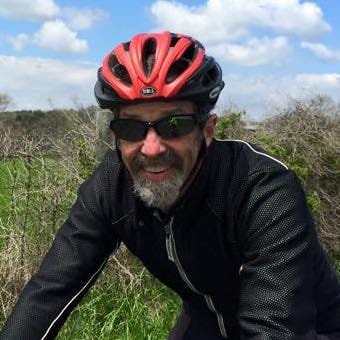
Peter Oliver9 Posts
Journaliste et éditeur depuis – selon ses dires – bien trop longtemps, Peter verra son travail publié dans de nombreuses publications majeures en Amérique du Nord, notamment en tant qu'auteur prolifique pour Skiing magazine dans les années 1980 et 1990. Il est l'auteur de sept livres sur le ski, le vélo et les voyages outre-mer. Skieur depuis l'âge de sept ans, il est venu skier à Tremblant pour la première fois avec sa famille en 1964. Aujourd'hui, il enseigne le ski de fond à Ole's Cross Country Centre, près de sa maison dans la vallée de la rivière Mad, au Vermont. / Peter Oliver’s work has appeared in numerous major publications in North America, most notably as a prolific writer for Skiing magazine in the 1980s and 1990s. He is the author of seven books on skiing, cycling, and international travel. He has been a skier since the age of seven, and first came to Tremblant on a ski vacation with his family in 1964. Today, he spends more time cross-country skiing than downhill skiing, and teaches cross-country, skate skiing in particular, at Ole’s Cross Country Center near his home in Vermont’s Mad River Valley.
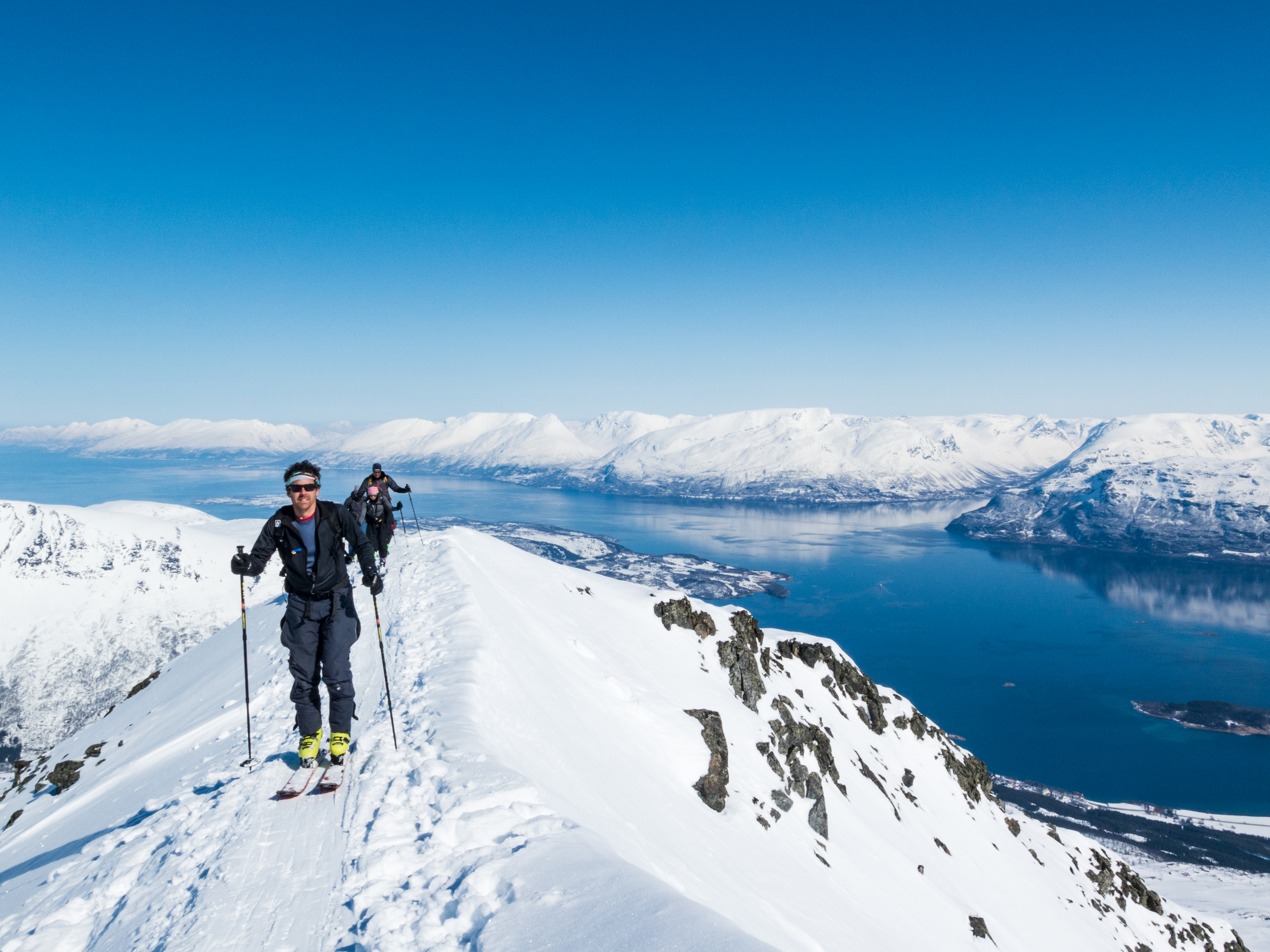
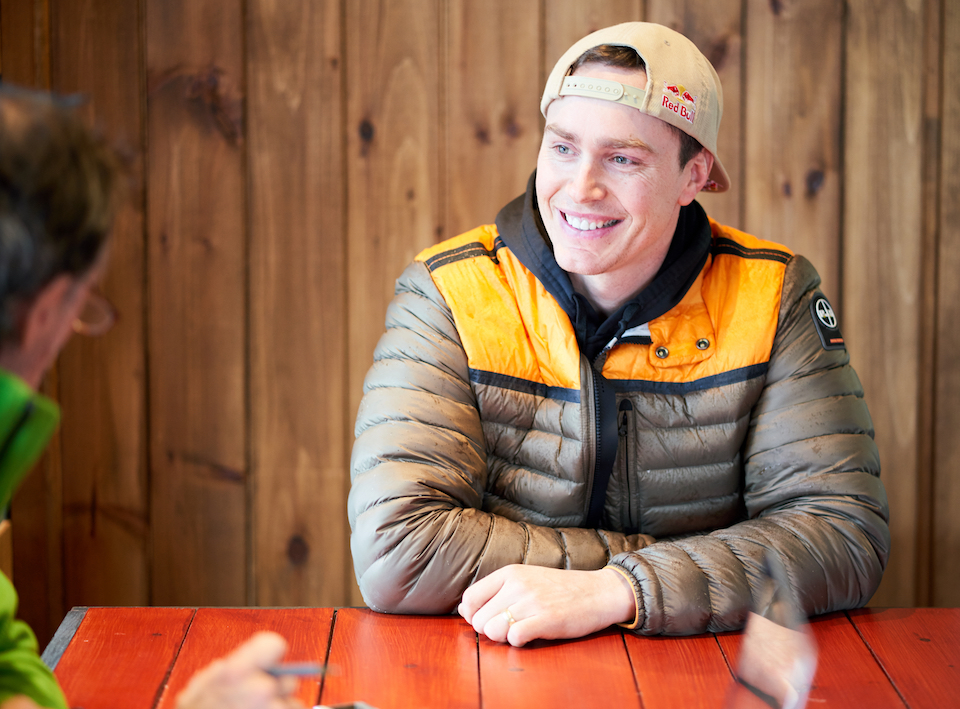
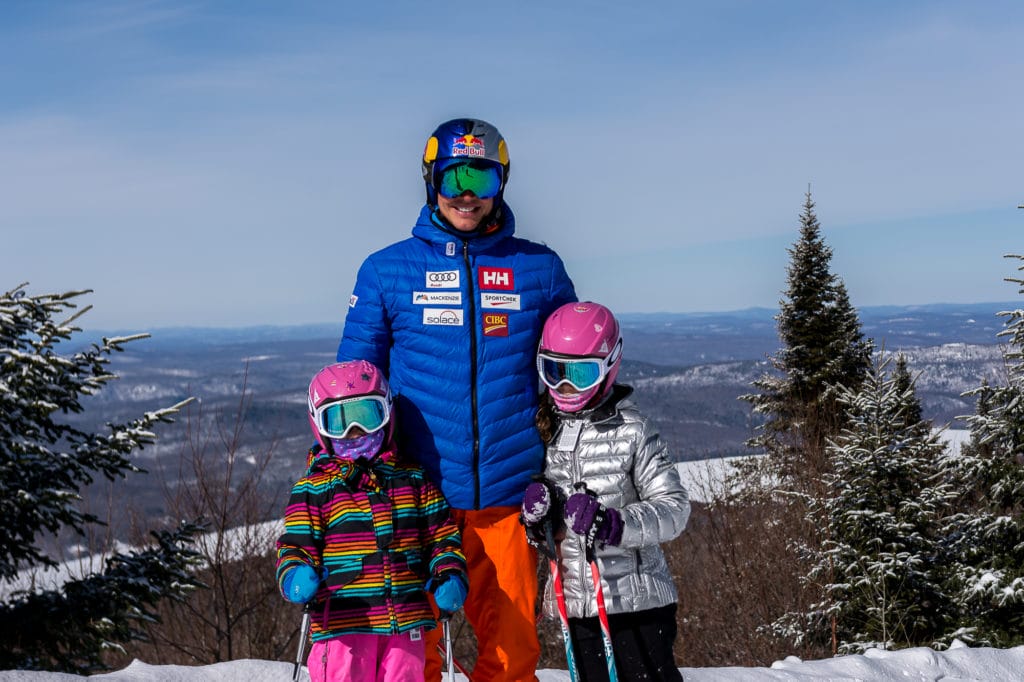
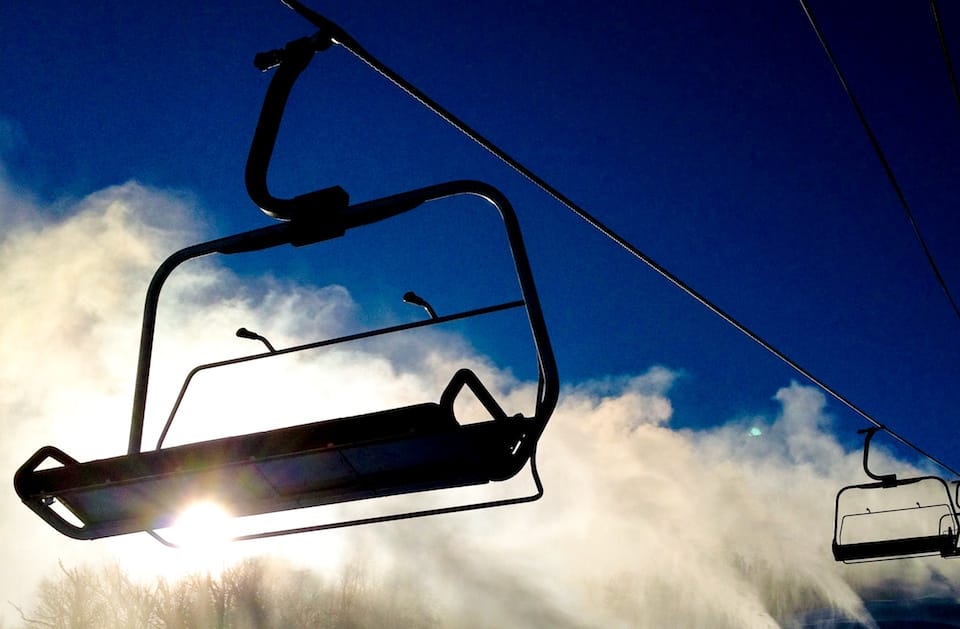
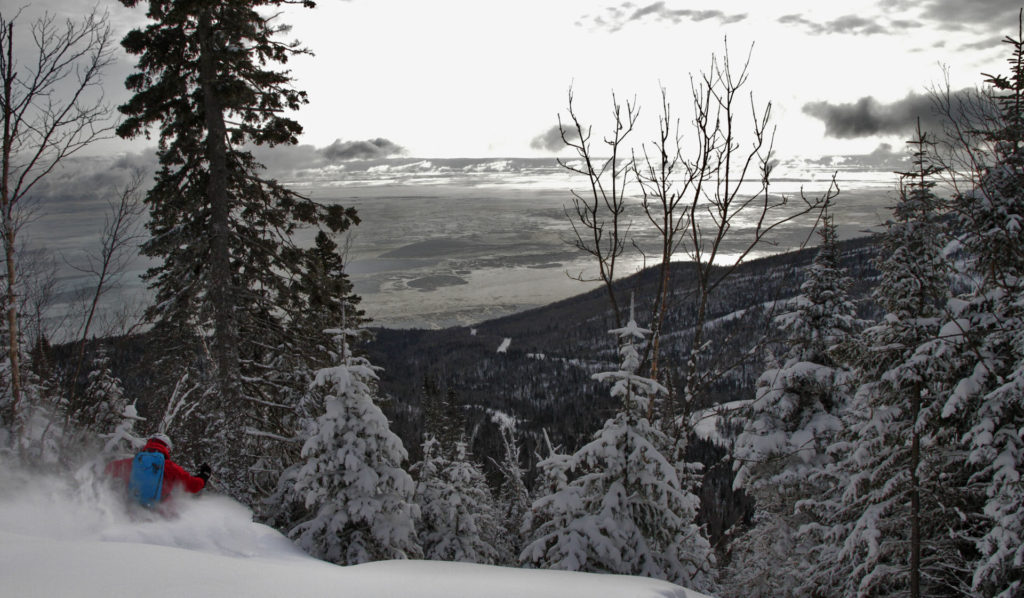
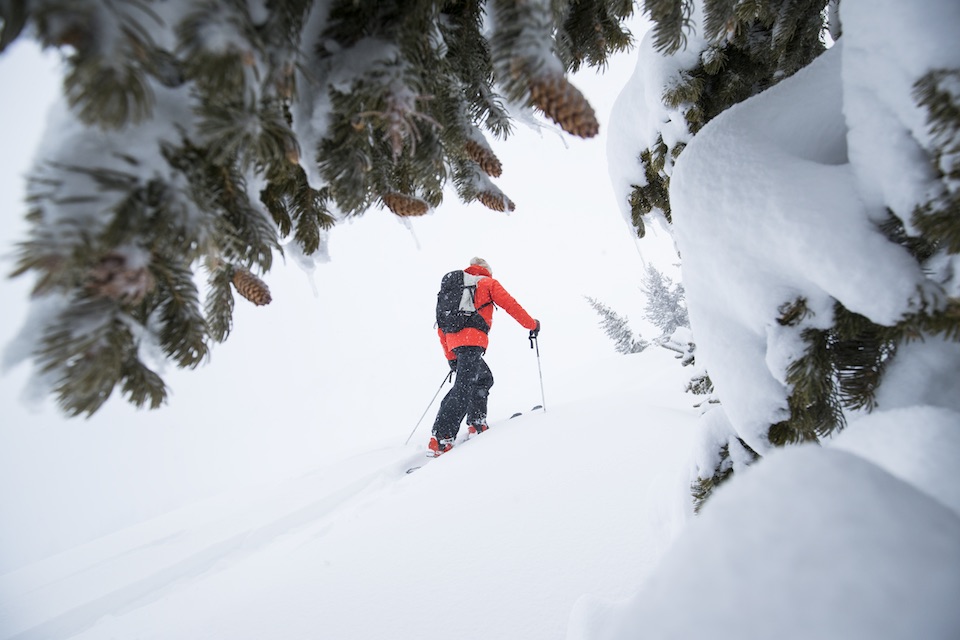
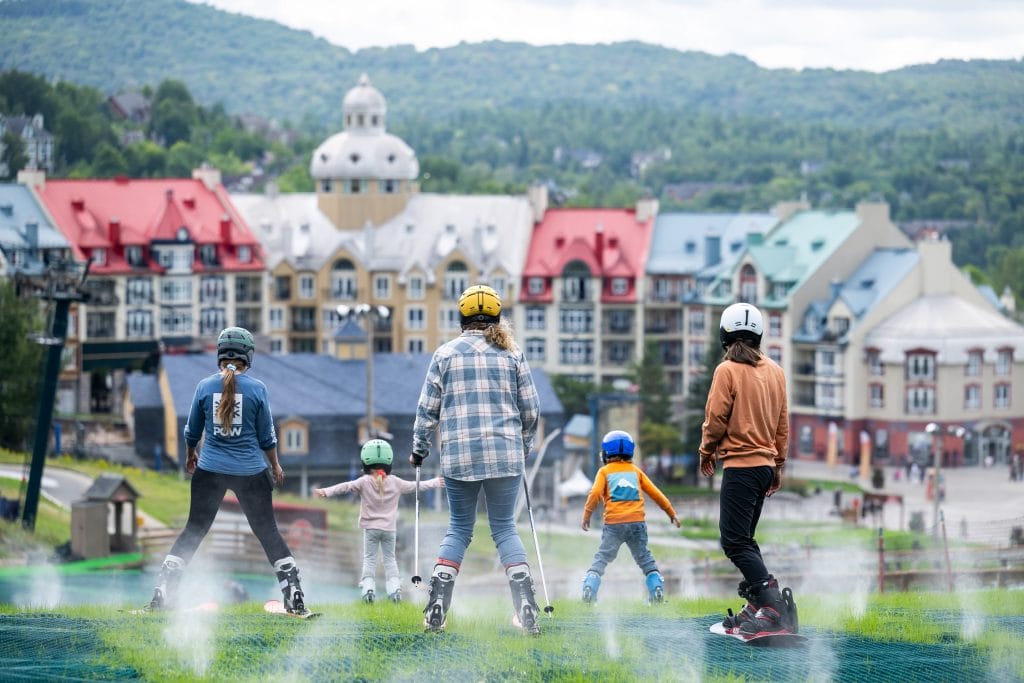
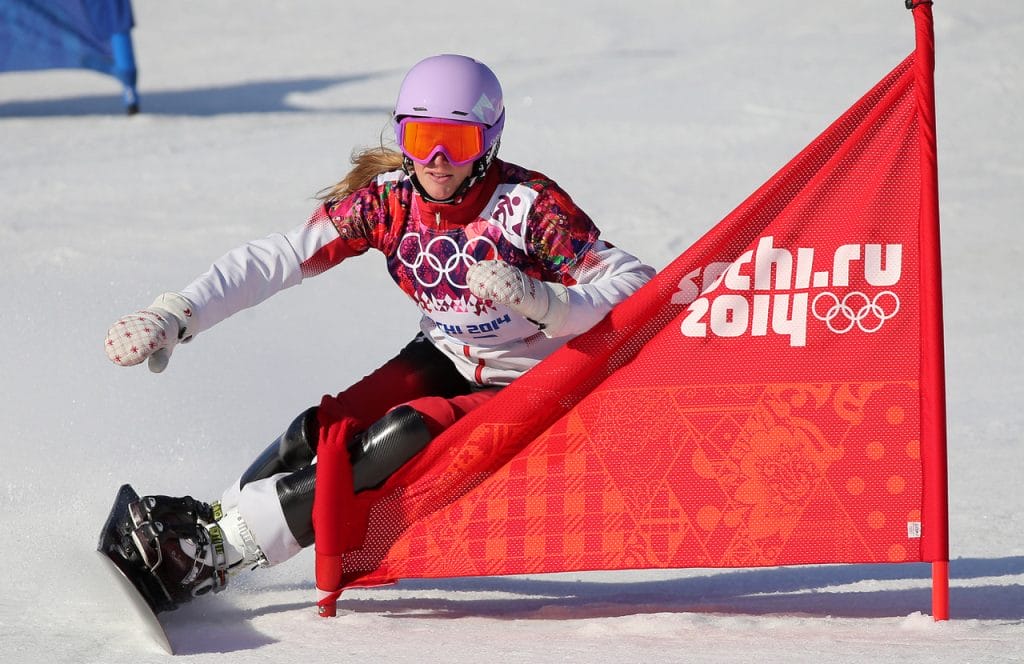
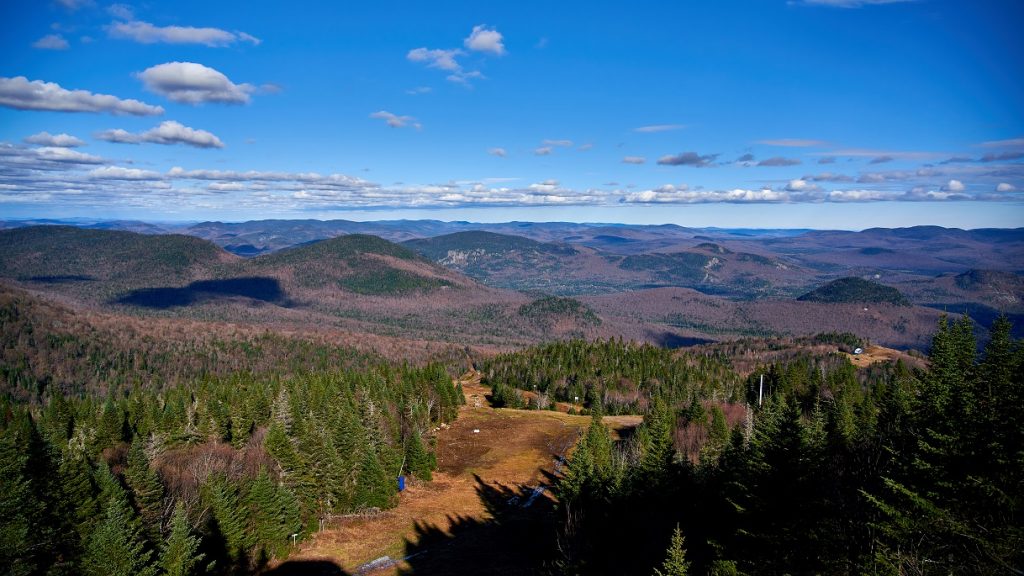
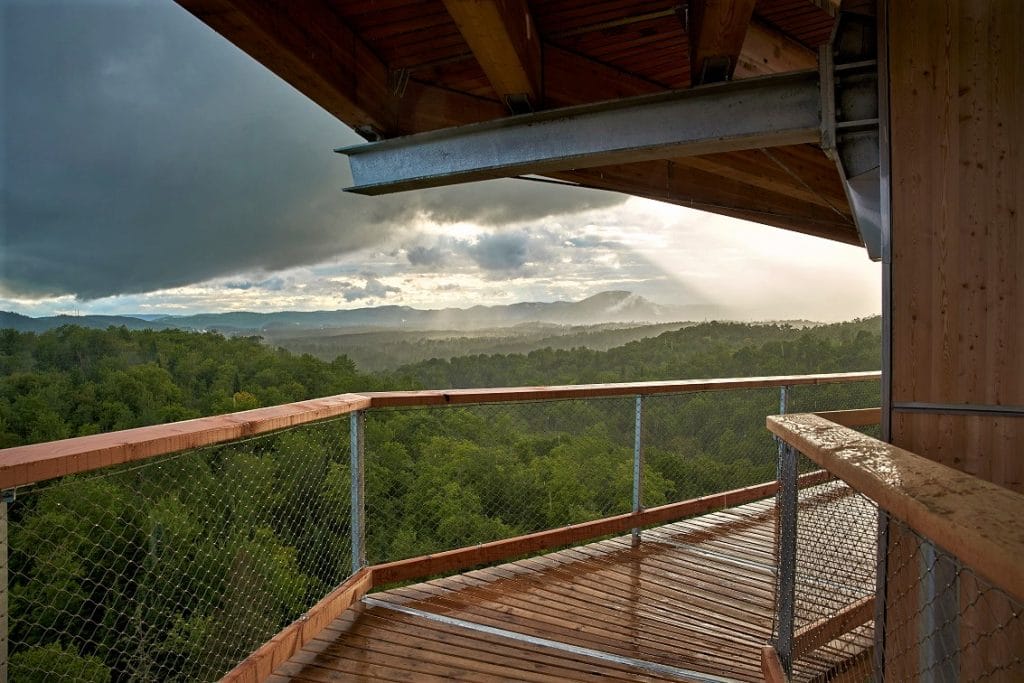
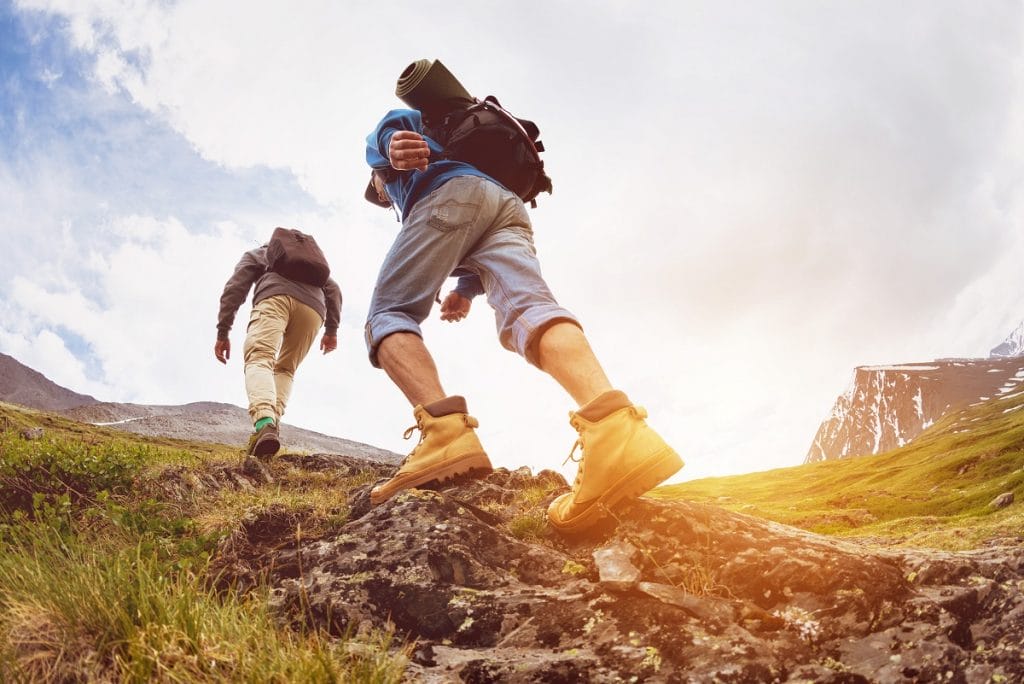
0 Comments